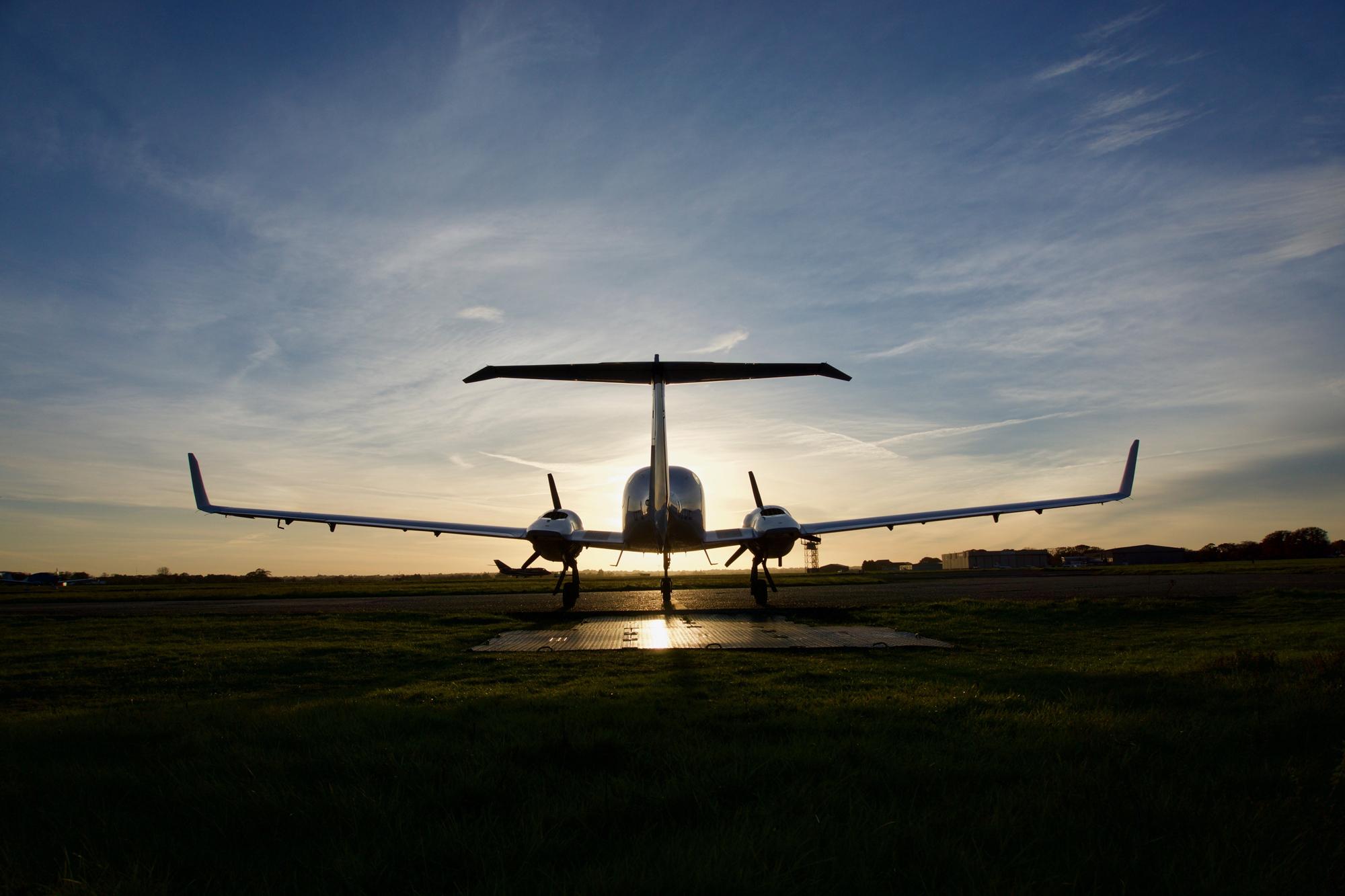Wanneer u een website bezoekt, kan deze informatie in uw browser worden opgeslagen of opgehaald, meestal in de vorm van cookies. Deze informatie kan over u, uw voorkeuren of uw apparaat gaan en wordt meestal gebruikt om de site te laten werken zoals u verwacht. De informatie identificeert u meestal niet direct, maar het kan u een meer gepersonaliseerde webervaring geven. Omdat we uw recht op privacy respecteren, kunt u ervoor kiezen bepaalde soorten cookies niet toe te staan. Het blokkeren van sommige soorten cookies kan echter gevolgen hebben voor de optimale werking van de site.
Alleen noodzakelijke cookies toestaan
Voorkeuren opslaan
